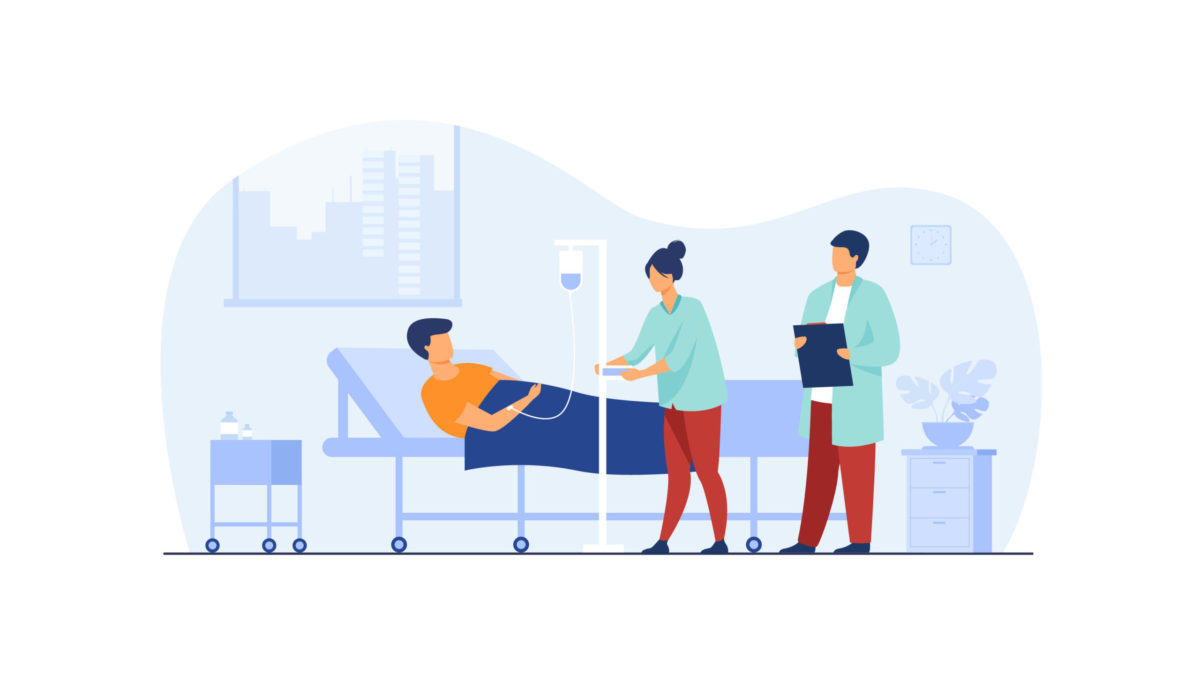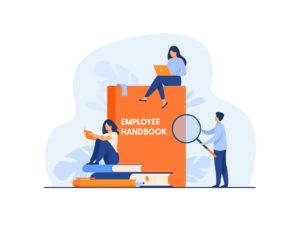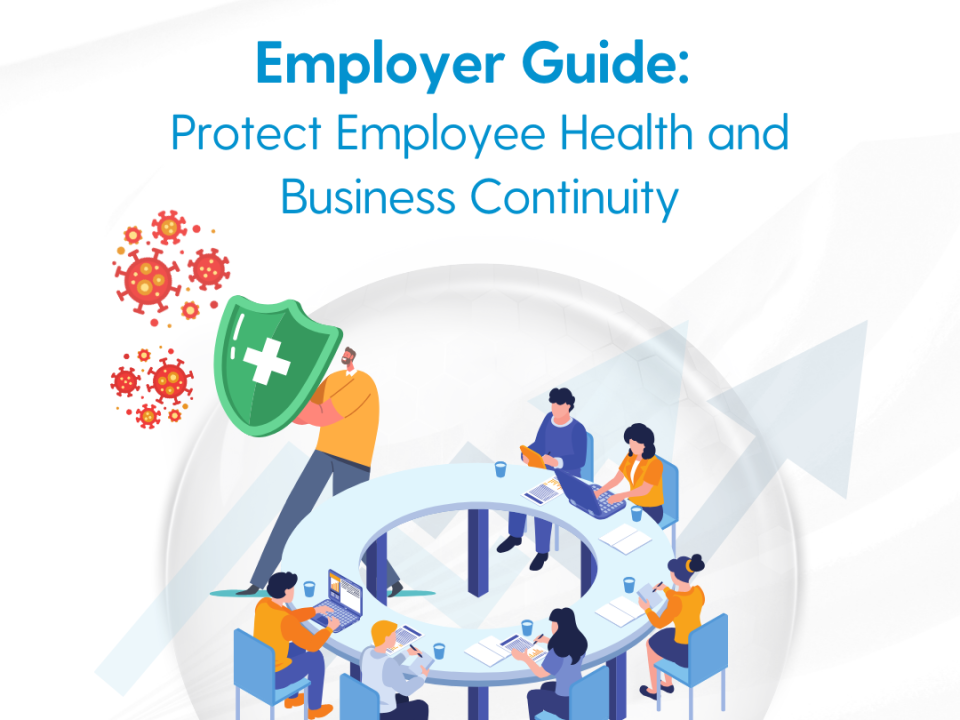
Benefits Package to Attract & Retain Employees in Singapore
January 9, 2023
3 Ways of Employee Benefits Administration – Pros and Cons
January 25, 2023What companies need to know about hospitalisation leave in Singapore
General
What companies need to know about hospitalisation leave in Singapore
January 10, 2023

What happens when an employee calls and asks, "Hey boss, can I take 90 days of hospitalisation leave?" What should you do?
Refer to your employee handbook and flip to the "Hospitalisation leave" chapter. If you don't have one, bookmark this article and refer to it when you need to.
Because this article answers the most common questions employers like you have about hospitalisation leave. When you're in a bind, this article could be your best friend.
Without further ado, let's jump right in.
- What is considered hospitalisation leave?
- Who is eligible for paid hospitalisation leave?
- What is the hospitalisation leave duration in Singapore?
- Can employees extend their hospitalisation leave?
- Can employees schedule their hospitalisation leave?
- Is MC leave counted as a part of hospitalisation leave?
- Can I deny my employee's hospitalisation leave request?
- Does hospitalisation leave include weekends in Singapore?

What is considered hospitalisation leave?
Generally, hospitalisation leave is a type of sick or medical leave for employees who cannot work due to their hospitalisation.
However, hospitalisation is not limited to physical health issues. Employees can be hospitalised for mental-health reasons as well.
An employee is considered to be taking hospitalisation leave when the employee:
- Is either warded or underwent day surgery.
- Is not hospitalised but requires bed rest (e.g. pregnancy-related complications).
- Requires rest or further medical treatment for the condition after his discharge from the hospital to recover.
Hospitalisation leave is commonly referred to as inpatient leave and sick leave as outpatient leave.
Who is eligible for paid hospitalisation leave?
The employee is eligible if he/she:
- Is covered under the Employment Act.
- Has served you for at least 3 months.
- Has informed or tried to inform you within 48 hours of their absence.
- Is warded in a hospital as an inpatient or for day surgery.
- Is quarantined under any written law.
- Is certified by a medical practitioner who can admit patients into an approved hospital, including medical practitioners from national specialty centres and ambulatory surgical centres.

What is the hospitalisation leave duration in Singapore?
It depends on the period of service. If the employee has worked in your company for at least 6 months, they're eligible for the full entitlement, which is 60 days of paid hospitalisation leave.
However, if they worked for more than 3 months but less than 6 months, the leave is pro-rated.
- 3 months entitles 15 days
- 4 months entitles 30 days
- 5 months entitles 45 days
Employees who have served below 3 months are not entitled to hospitalisation leave.
Can employees extend their hospitalisation leave?
What if one of your employees has used up all of the hospitalisation and sick leave and still needs a few more months to recover?
Most companies allow their employees to extend their hospitalisation leave, paid or unpaid. Some mix it up. They pay full salary the first few months, and the remaining months are unpaid.
Note: Employers should never terminate an employee on the grounds of hospitalisation leave.

Can employees schedule their hospitalisation leave?
Employees who have been suffering from critical illnesses and have scheduled surgery need to inform their employees and "book" their hospitalisation leave.
In fact, it's better when they inform you in advance. So you can plan the resources to cover the vacant role while the employee is recovering peacefully in the hospital.
Related read: MediShield life: Your puzzling questions answered
Is MC leave counted as a part of hospitalisation leave?
Yes. In Singapore, eligible employees are entitled to 60 days of hospitalisation leave and 14 days of MC (outpatient leave).Meaning, if an employee has taken 10 days of MC, they have 50 days of hospitalisation leave left.
Usually, employers don't allow employees to take hospitalisation leave to extend their MC, unless it's an emergency.

Can I deny my employee's hospitalisation leave request?
The Singapore Government expects all employers to approve their employee's sick leave requests if the employee is eligible.
Your employee is ill and needs rest. There's no reason to refuse their leave requests. They can't be productive if they work while feeling unwell. Worse, they might spread diseases to the rest of your workforce. In turn, this can jeopardise your company performance.
It's best to let your sick employees rest and recover. So they can come back feeling well and work productively.
Related read: These employee benefits in Singapore attract and retain talents. Find out what they are here.
Does hospitalisation leave include weekends in Singapore?
If your employees rest on weekends, their hospitalisation leave doesn't include Saturdays and Sundays.
The basis here is that the 60 days of hospitalisation leave includes the days the employee needs to work. So, it excludes rest days and public holidays.
In short, 60 days of hospitalisation leave includes working days only.
Related articles:
About Mednefits:
Mednefits helps businesses take care of their employees with its automated, affordable, and accessible employee benefits platform.
Request to join Mednefits for free to help process and track claims in real-time, while controlling costs.







